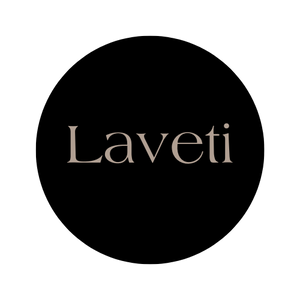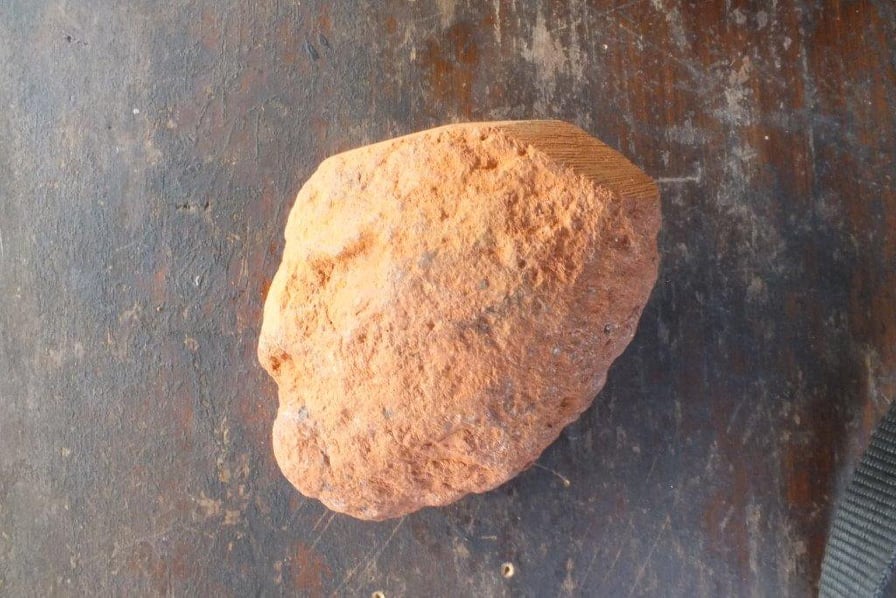Masi Dyes
There are two main colours used to print motifs on masi – brown and black. The brown is made from boiling shaved bark from the ‘dogo’ or mangroves. The same ‘dogo’ dye has charcoal soot added to it to give it its black colour. Some parts of Fiji actually use the bark of a species of Acacia called ‘Qumu’ (Leguminoseae) which in olden times was also used for war face paint and also to dye the ‘magimagi’ coir rope known as ‘lalawa’. On Moce Island in Lau, they use ocher coloured soil called ‘umea’ instead of ‘dogo’ for the brown colour. Nowadays the art of making smoked masi is fast diminishing and people are opting for the easier dying in dogo, which doesn’t give the real smoked, dark chocolate colour typical in a ‘masi kuvui’.
Arthur: Simione Sevudredre
Photo: Umea is a rich red coloured ocher soil used by the Delaimakotu women from Moce Island in Lau for the brown masi motifs. The women from Moce Island actually obtain this through traditional barter with the women from Delaikomo in Lau. The hardened umea is soaked in water to soften and the liquid is then used for kesakesa (printing).


